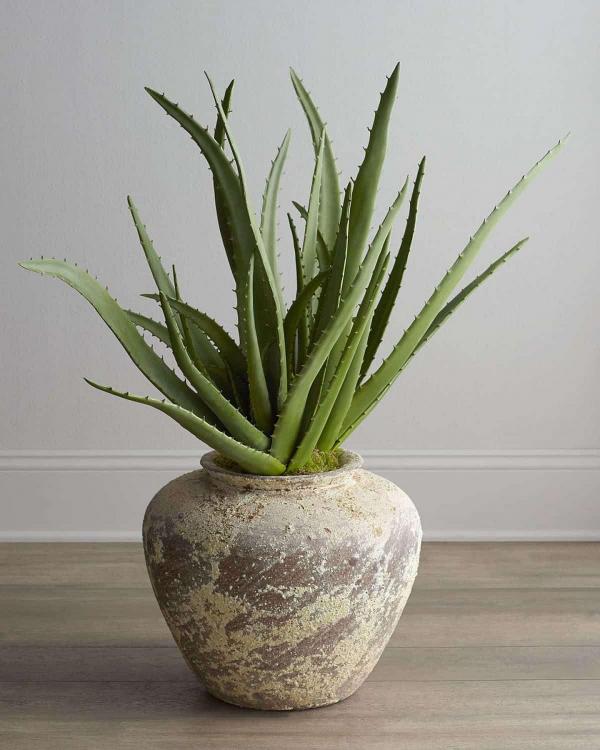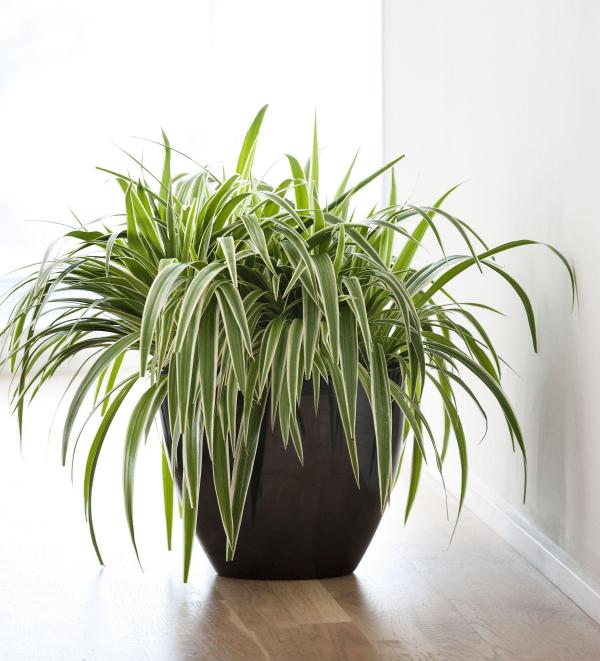Dripping Gardening
I am a gardener, which means that I love to get outside and work in the earth. For many gardeners that is where the interest ends, but not for me. I believe that every household deserves to have some of nature's beauty growing indoors and that is why I am so fond of houseplants. Adding a houseplant is the perfect way to improve the look of a room, plus they come with some surprising health benefits that you’d be foolish not to have some.
It can be slightly daunting when choosing houseplants to purchase, especially for the novice, questions you're bound to ask are: "where can I put it?", "is it easy to look after?" or "which room can I put it in?" ... amongst others.
If you are new to gardening or just new to houseplants there is no need to worry, many are easy to grow. If you're a novice to growing houseplants, then picking one that's easy to grow could be the best choice. Many don't need specialist care and are quite happy in many places around the home. Three of the most popular and well-known houseplants to get you started are Spider plants, Aloe Vera, and Epipremnum (Devil's Ivy).
Spider plantslook good as they spill over the edge of their pots and can usually be seen on a high windowsill or on a high shelf where their "babies" hang down on pendulous stalks. Spider plants are also fantastic at cleaning the air in the room.
Aloe Verais a firm favorite in many households, being a succulent; it will tolerate some neglect, not requiring regular watering. Aloe also produce their offspring very easily which can be repotted and put in another room! The lovely, distinctive plants also have the added bonus of being filled with vitamins and mineral and are also great for your skin - so you'll be growing your very own medicine cabinet!
Devil's Ivy, a native of warmer areas such as Australia, Indonesia and India, looks spectacular as it produces masses of arrow shaped leaves that get larger as the plant matures. This easy to keep plant will look great in a well-lit corner where it will subtly add much needed natural beauty. Many plants in the home have the added benefit of actually purifying the air around you. Some chemicals and pollutants that are found in the air can prevent you from relaxing or sleeping and are also harmful to you in the long term. So, bringing lots of plants inside that will filter these harmful elements while at the same time enriching the air with oxygen will actually improve your well-being!
Snake plants: A fourth plant I would recommend, and one of my favorites is the Snake plant, perhaps better known as Mother in Law's Tongue. It is also one of the easiest to grow and is among the most efficient air purifiers. Sometimes labeled as Sansevieria, this beauty is truly a must for any household. It will grow almost anywhere in the home, surviving happily in lower light than other plants, and will put up with some neglect when it comes to watering. The upright habit of the Snake Plant makes it quite an architectural plant too, perfect for modern dwellings.
Peace Lily: Finally, I must recommend the peace lily. Not only a stunning plant to have in the house, the peace lily helps remove benzene, formaldehyde, trichloroethylene, toluene and xylene from the air, all of which can be found in everyday household products. Requiring very little in the way of attention, place a peace lily away from direct sunlight where it can be enjoyed and let it do its work for you!
I would be remiss if I ended this article at this point without at least offering a few growing and care hints, so the following are some of my best practices when it comes to my houseplants. But first, repeat after me: “Everything in moderation.”
Ah, that felt good. It is a truism that applies to all aspects of life (except love, our world will always need more love!), and it most certainly applies to houseplant care. All plants require water, light, and food, but the trick to success is to practice moderation.
Additionally, think about the native climate for the majority of our houseplants. It is typically a tropical area. Our goal is to imitate that environment as closely as possible without going overboard.
First, soil. “Soil” is a bit of a misnomer when it comes to the growing media used for indoor plants. The best growing media is soil-less and is a combination of equal parts peat moss, vermiculite/perlite, and compost. Most stores sell a potting mix that will be fine.
Next, on Watering. Most of the time, people are concerned they aren’t watering enough, when in fact they are watering far too much! Most houseplants would prefer being slightly dry than soaking wet. I water once a week on “watering Wednesdays” or if I have forgotten then I water on “Thirsty Thursdays.”
Thirdly, understand that light is just as important as water. All plants need light to carry out their necessary biological processes. I’m looking at you, photosynthesis! Although all plants need some light to grow, some plants require a lot less than others. Think again of their native habitat and imagine the dark undergrowth where these plants thrive. They receive heavily filtered light but still keep on kicking. If plants don’t get the light they need, they won’t necessarily die, but they will stop producing new growth. If your plant is in a sunny location, it’s important to give it a small rotation regularly to ensure even growth. If you imagine the “face” of your plant is facing the main light source, turn the plant one-quarter turn each week to help guarantee even growth.
Fertilizing. Although plants carry out photosynthesis to process the sugars they need to survive, they also need a more direct form of food to carry out growing processes. Providing fertilizers to your houseplants helps ensure they will remain happy and healthy. Keep in mind: fertilizers should only be applied during the growing season.
And finally, keep the plant in a warm environment with some air circulation. Almost all houseplants need a minimum temperature of 55ºF to survive. Keep plants away from areas of cold drafts in the winter. The warmer it gets for houseplants, the happier they are!
Airflow is crucial to maintaining a healthy house plant. This can easily be achieved by running ceiling fans in your home to keep the air circulating. Still air, on the other hand, can cause a host of ailments in your houseplant. That’s why all greenhouses have those giant fans running. You will also want to use a cloth to wipe down the leaves of houseplants occasionally, to prevent the white buildup and coating of dust that can impact their health.
Houseplants are a wonderful! There’s something about bringing the green from the outdoors to the indoors that brightens up our homes, workplaces, and yes, even our outlook on life!




